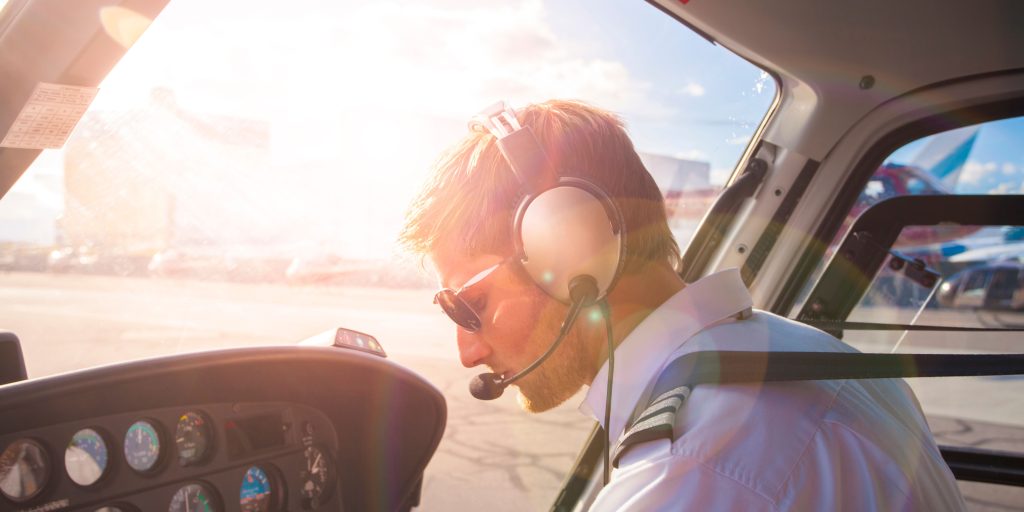
5 Pilot Safety Tips Spotlight
1. Fly the aircraft as far into the crash as possible
● Pilot Safety Tips are crucial for any aviator. One such tip is to fly the aircraft as far into the crash as possible. This might seem obvious, but it’s worth repeating: if you are in a crash, you want to be as far away from the ground as possible. The simple reason for this is that if you are flying low and slow, it will take longer for your plane to stop than if you are flying higher and faster. When aircraft get involved in accidents, they usually do so because of human error or poor situational awareness on behalf of the pilot or crew. Pilots should strive for excellence in their performance at all times so that they can avoid such incidents altogether (or mitigate them when they occur).
● Be cognizant of company policies regarding minimum altitudes when operating near mountains or other terrain features that may cause hazards during flight operations (elevation changes due to mountain waves). While many companies have strict rules about how high pilots must stay above terrain features like mountains and valleys surrounding runways where there might be potential obstructions on final approach paths/departure procedures off initial climb out altitudes; some also require pilots operating within certain airspace zones around airports—such as Class B/C controlled areas around busy metropolitan airports where commercial air traffic often takes place—to maintain certain minimum altitudes above ground level whenever conducting either precision instrument approaches at low altitudes due to visibility requirements set forth by FAA regulations which protect both pilots flying these types of approaches along with those using visual references outside
2. Use the three fingers rule to help spot relevant traffic
3. Use the water bottle technique to determine whether cloudsare above or below your flight path
4. Establish a ladder of priorities to help with task saturation
5. The best thing you can do to improve your skills is go fly
If you want to be a great pilot, practice these 5 pilot safety tips!
Practice will improve your skills and understanding of every aspect of flying. It doesn’t have to be perfect; in fact, it shouldn’t be perfect. The more you practice something, the better you get at it. This can include things like landings or just talking about flight with other pilots in the airfield café over tea and biscuits (or coffee). Enjoy the skies!
